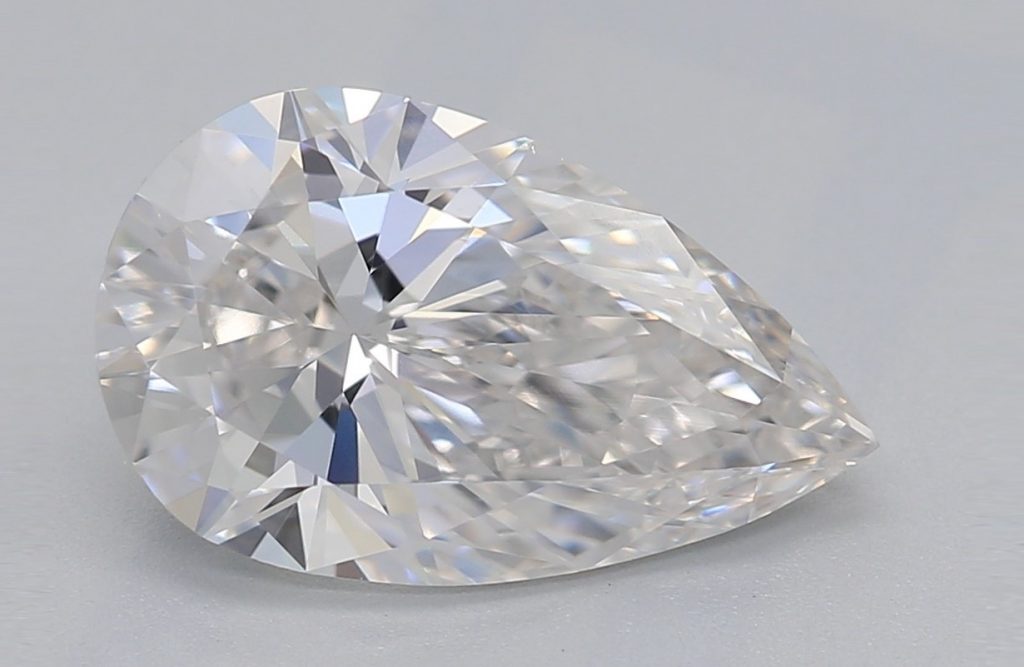Cushion Cut vs. Round Cut: The Diamond Cut Showdown
Key Takeaways
- The Round Brilliant shape has been hugely popular ever since it was created, however there are worthy rivals out there.
- The Cushion cut offers great versatility, size and is definitely better cost-wise.
- On the other hand, the Round Brilliant will still offer you the best sparkle out there (provided it’s been cut to the right proportions).
- Whilst there are many similarities between the two, neither one is objectively better than the other. If your choice is heavily dependent on your budget, then the Cushion cut is a great alternative.
- There is much to love about the Round Brilliant, however, and if your price allows it, then the traditional route could be the perfect choice.
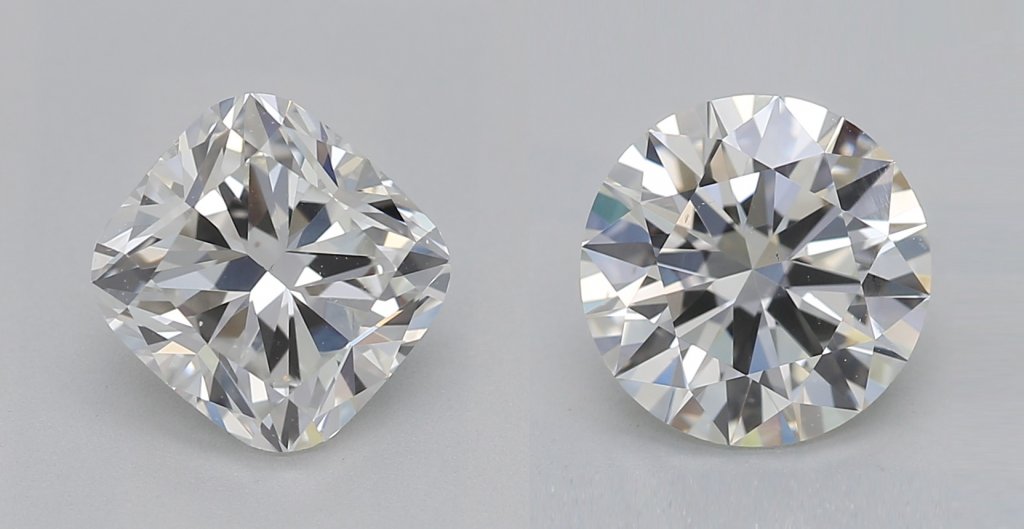
It’s hard to deny the pull of the Round Brilliant. The shape has been capturing hearts since it was first created, and, in many ways, stands as a symbol of love and romance all of its own.
There’s also a strong chance that, if we asked you to sketch out an engagement ring right now, your drawing would probably resemble the classic Round Brilliant solitaire shape. It’s classic, it’s dreamy, and it’s the obvious choice in the best way possible.
Still, just as rules were made to be broken, traditions are there to be adapted, and plenty of other diamond shapes are proving worthy rivals to the Round Brilliant – the Cushion cut included.
While some shapes, like the Emerald, are unique enough that you know instantly whether they’re right for you or not, the Cushion shares enough similarities with the Round Brilliant – along with enough differences – that it’s normal for shoppers to feel caught between the two choices.
Traditional and brilliant, or fiery and a little more against-the-grain? Here’s what you need to know.
Sparkle
There’s a strong possibility that you’re eager to get the most sparkle possible out of your ring. The way your diamond interacts with the light is one of the first things anyone will notice, from the first moment you take the lid off the box to every single time your partner’s hand moves through the air and erupts with sparkle.
We’ve talked before about how shape impacts sparkle – and, more specifically, how the most sparkly diamond shape is the Round Brilliant – so the chances are that you’re already aware the Round Brilliant will always come out on top in this category.
But, when it’s up against the Cushion cut, there’s a little more to it than that.
As the name suggests, the Round Brilliant specializes in producing brilliance – the flashes of bright, white light that you see when the diamond is hit by a light source. When cut well, it also produces plenty of fire, which refers to sparks of colored light.
The Cushion cut features a brilliant facet pattern, but it’s not as conducive to maximizing light performance as the Round Brilliant, since they feature larger facets. These larger facets do, however, serve to generate even more fire within the Cushion.
Whether you prefer a bright, even combination of brilliance and fire, or a slightly less ‘optimized’ light performance with a little more fire than brilliance, is totally down to your own preferences. Cushion cuts do still create plenty of brilliance, just not as much as the Round Brilliant.
This is one of those things that is near-impossible to judge for yourself through a screen. If you’re finding it hard to imagine how differently the two shapes behave, talk to your jeweler about seeing an example of each.
In either case, remember that the key to a beautiful sparkle is Cut quality. Whatever shape the diamond is cut into, it can’t wow if the cut is poor.
Best choice for sparkle: the Round Brilliant, obviously, but not if you really value the fire produced by a beautifully cut diamond.
Versatility
Since both the Cushion and the Round Brilliant feature very traditional silhouettes, they are easily paired with virtually any ring setting you can conceive of. Both are striking enough to look beautiful in a simple solitaire or cathedral, but also look great in more elaborate settings like the halo.
One thing that might push you toward the Round Brilliant is the fact that, in a halo, the shape of the Cushion can look a little less defined – closer to round than square – and this is largely down to its curved edges, which are not as clean-cut as the edges of the Princess. You can read our guide to the Cushion vs the Princess for more insight on this.
Then again, the Cushion offers more versatility when it comes to the silhouette. The Round Brilliant will always be circular, but the Cushion is also sometimes cut to rectangular proportions. While these diamonds are less common than square Cushions, it does offer more choice if you love the shape’s distinctive facet pattern.
Best choice for versatility: the Cushion if you want a little more choice in terms of shape, but both shapes suit a broad range of styles and settings.
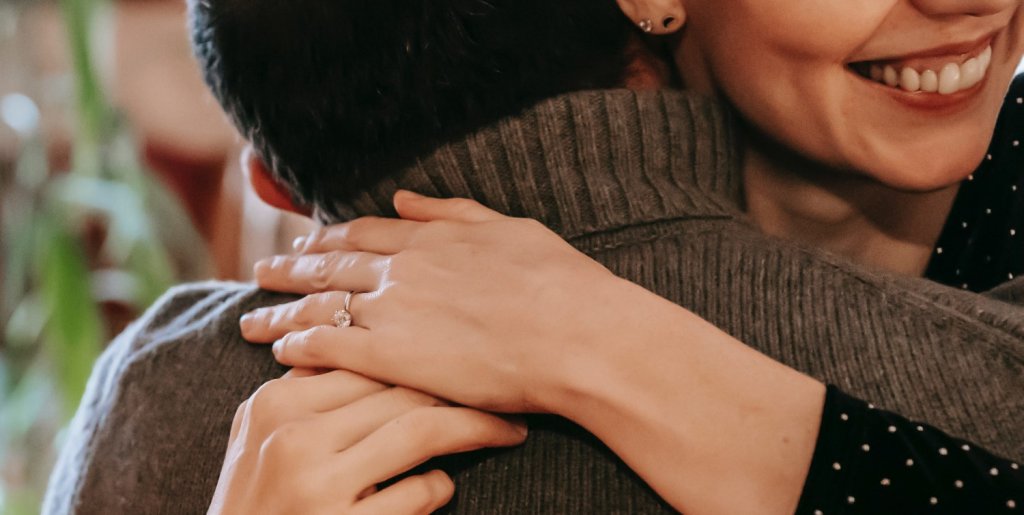
Size (Face-Up Appearance)
When you’re buying a diamond, you’ll need to get used to using weight, rather than size, since every shape utilizes the diamond’s weight differently, and there is no ‘definitive size’ of diamond at any carat weight.
For that reason, not all 1 carat, 2 carat, or 3 carat diamonds are created equal. A 2 carat Princess cut will appear larger than a Cushion cut, for instance, since the Cushion runs deeper; a 3 carat Oval or Pear cut will look larger than a 3 carat Round Brilliant for the same reason: more weight is distributed across the upper surface than the pavilion.
The difference isn’t major, but it is noticeable when you compare them all side-by-side.
Neither the Cushion nor the Round Brilliant are considered to give the impression of being weightier than they are. Since most Cushion cuts are square – and the Round Brilliant is a perfectly proportioned circle – neither one is able to take advantage of the illusion of extra weight enjoyed by the elongated shapes, like the Oval, Marquise, Pear, and Emerald.
Of the two, the Cushion tends to appear slightly larger – particularly when it is slightly elongated. A part of this impression stems from the fact that the Cushion’s facets are slightly larger, creating a brighter and more open appearance that can help it to ‘trick the eye’ a little.
Best choice for size: The Cushion cut, although there’s not much in it between the two. You might consider the Oval if you like the Round Brilliant and Cushion shapes but would prefer to keep as much carat weight in the upper portion of your diamond.
Cost
As the most popular (and most sparkly) diamond shape – not to mention one of the tricker ones to cut from rough stone – the Round Brilliant is the most expensive option of all. Its influence over the world of fine jewelry (and, in particular, engagement ring design) means that shoppers who want to get their hands on a beautiful Round Brilliant will have to accept the not-insignificant premium attached to it.
What’s more, the Cushion cut doesn’t even make the cut to be considered a close runner up to the Round Brilliant. For starters, it’s out there in a league of its own in terms of popularity and represents close to half of all diamonds sold of engagement rings in the US. The Oval and Princess shapes generally follow the Round Brilliant in terms of popularity, although the Cushion cut does see plenty of attention these days.
If you go for the Cushion, then you can expect to spend up to 50% less on your diamond than you would on a comparable Round Brilliant. The extent of your savings depends on other factors, of course, but suffice to say that going for the Cushion will mean that you can get a larger, higher quality diamond for the same cost as a smaller Round Brilliant.
Best choice for cost: definitely the Cushion cut, and particularly if you’re looking to get the biggest diamond possible at your price point.
Color
Although sparkle and versatility are the two biggest selling points for the Round Brilliant, another factor that stands in its favor is its ability to conceal a small amount of color better than some of the other shapes – including the Cushion cut. The depth of the cushion, combined with its larger facets, tend to make it easier for color to show through.
This means that, if you’re looking at the lower end of the Near Colorless category – say, the I and J color grades – then a slight amount of color can be detectable in larger diamonds. There’s a stronger chance you’ll be able to detect that with your naked eye in the Cushion than in the Round Brilliant, which is definitely something to think about if you’re trying to get the best value possible on your diamond.
Of course, this can be a great benefit to some people. The Cushion is particularly popular among people looking at fancy color diamonds, whether for accent stones or center stones, since its ability to retain color makes it the ideal choice for getting the most vibrant hues possible.
However, the classic choice for engagement rings will probably always be white diamonds, and traces of yellow certainly aren’t desirable in those instances.
Best choice for color: the Round Brilliant, since it’s a lot less likely you’ll be able to pick up on any traces of yellow or brown in this shape, than in the Cushion.
Clarity
With any shape, the key to picking out a good diamond is eye cleanliness – the appearance of being free from inclusions, without actually being free from inclusions – but your ability to find an eye clean diamond at a low clarity grade depends (in part) on the shape you choose.
For instance, the wide open facets and table of the Emerald make it a trickier shape than the Round Brilliant, which features much more intricate facets capable of obscuring minor inclusions from view.
This ability makes it slightly better for offering eye clean options than the Cushion, which has a larger table and, as we mentioned above, larger facets. While those facets are great for producing fire, they’re not so great at concealing some of the more negative features shared by many, many diamonds.
Best choice for clarity: the Round Brilliant, although it’s definitely possible for shoppers to find eye clean Cushion cut diamonds, so don’t be scared off if you love the shape.
Our Summary
There are plenty of similarities between the Cushion and the Round Brilliant. Both share a softer, rounder silhouette and a beautiful life performance – although, in most instances, they carry it off totally differently.
Neither one is objectively better than the other. A great, eye clean, visually-colorless Round Brilliant will be an easy find, and slightly easier than the Cushion, but you’ll have to pay a higher price for it. The Cushion offers more versatility, but the elongated shapes are much harder to track down than those that fit square proportions.
If you consider yourself 100% on the fence, then the Round Brilliant may be the better choice. Its superior sparkle is often the deciding factor, and, provided you can get a good carat weight at your budget, it’s a solid choice.
Then again, if your budget is tight – or you’re simply trying to get the biggest diamond you can find at your price point – the Cushion is a great (and cheaper) alternative, and the slight loss of brilliance is somewhat compensated by the abundance of fire this shape has to offer.
For more inspiration, browse diamonds online before your appointment with your chosen jeweler, where you will be able to see them in person and find out which side of the fence you belong on.
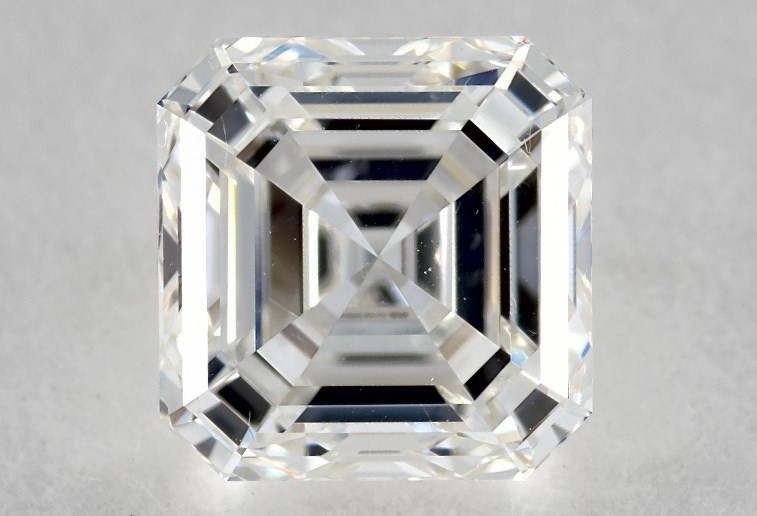
May 11, 2021 By Willyou.net
The Timeless Elegance of an Asscher Cut Diamond: How to Choose the Perfect One?
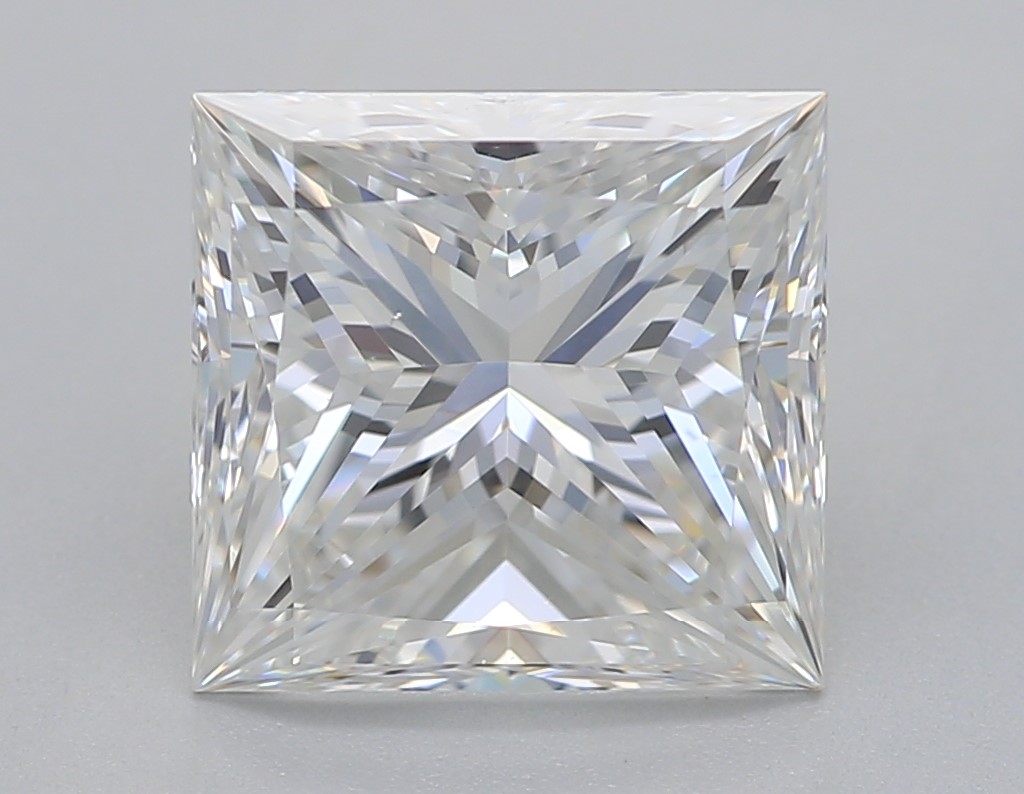
Apr 29, 2021 By Willyou.net
Princess Cut Diamonds; How to Choose the Perfect One?
